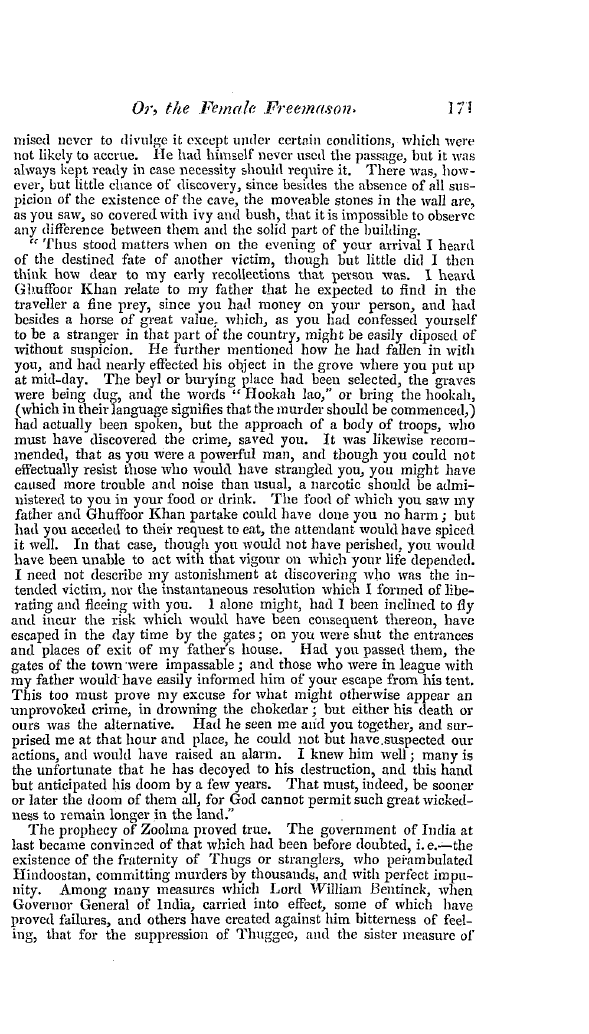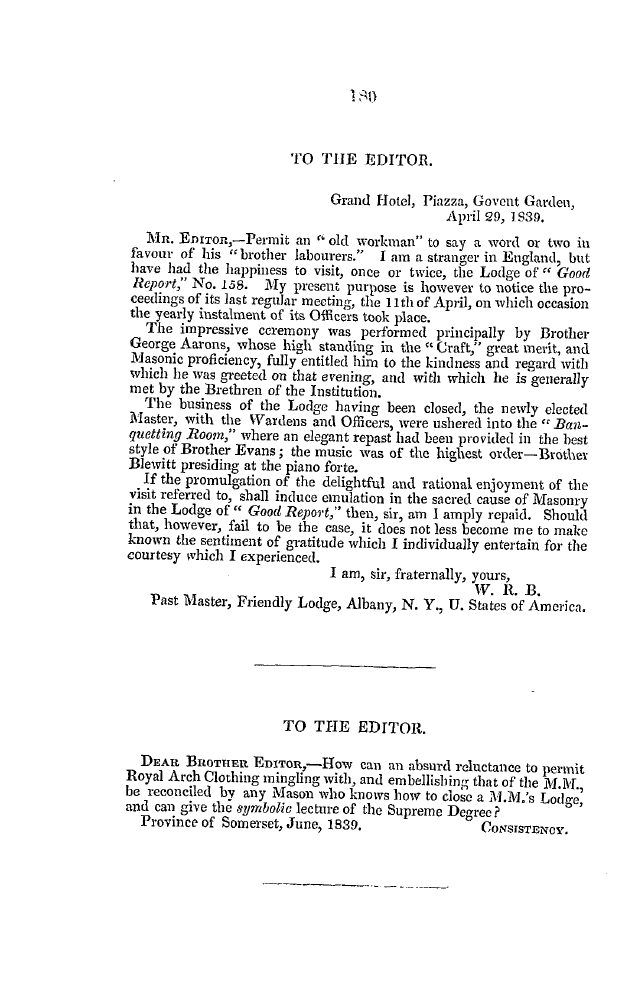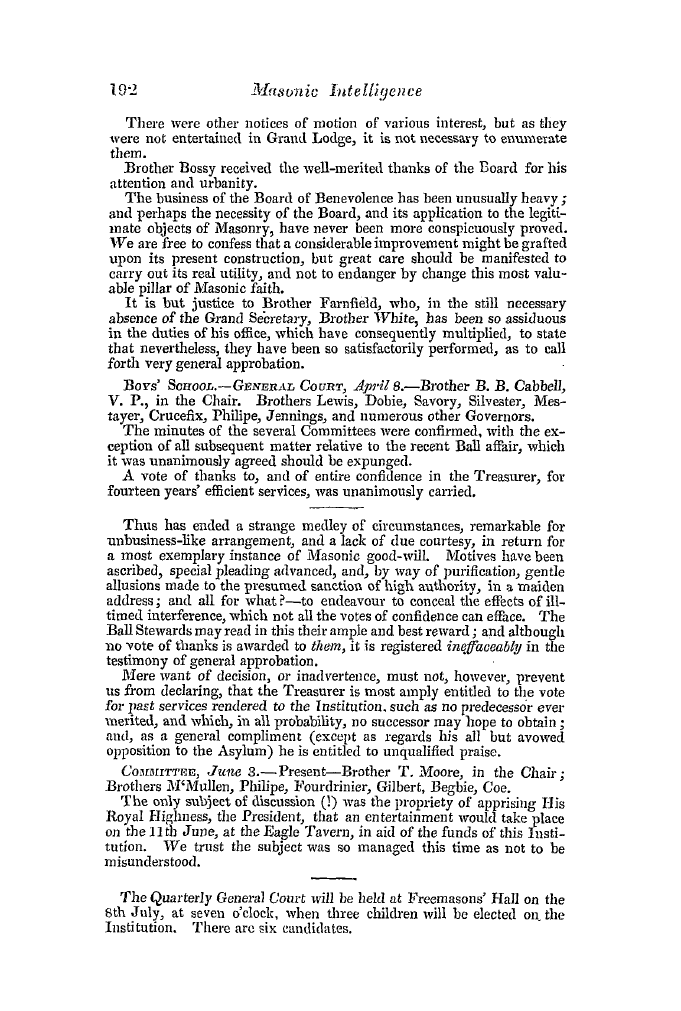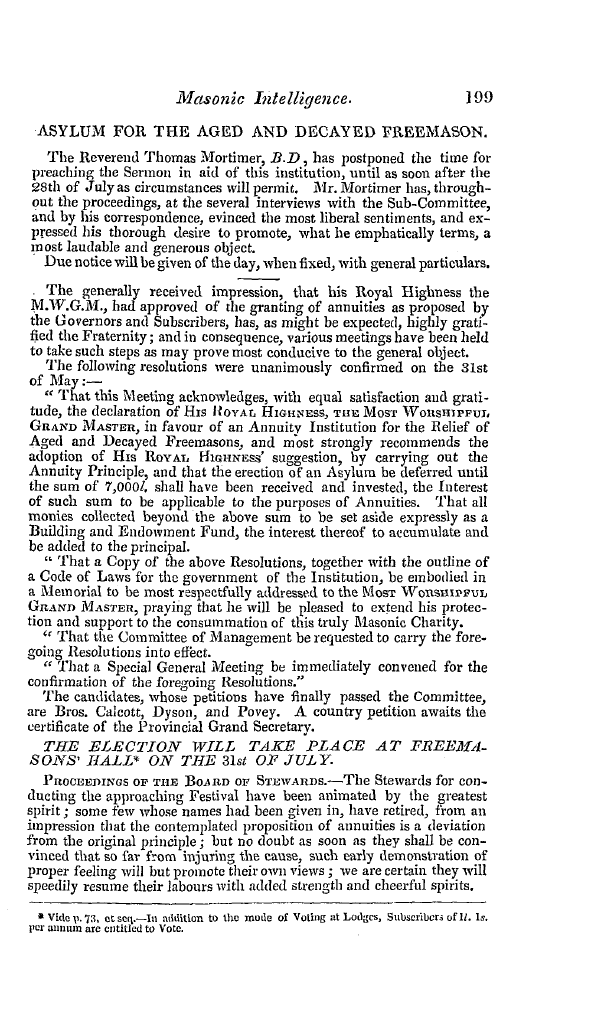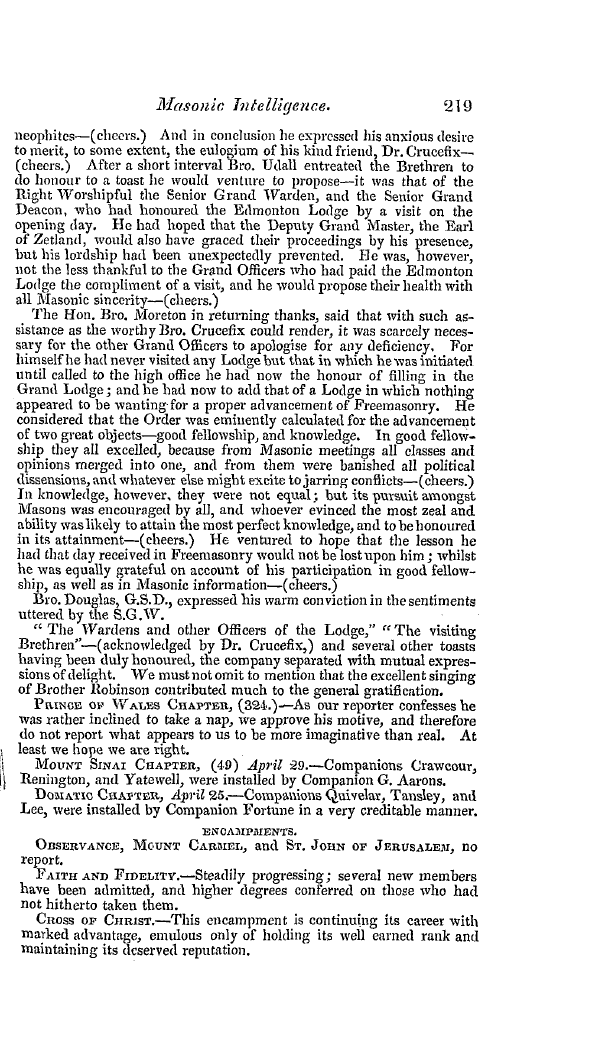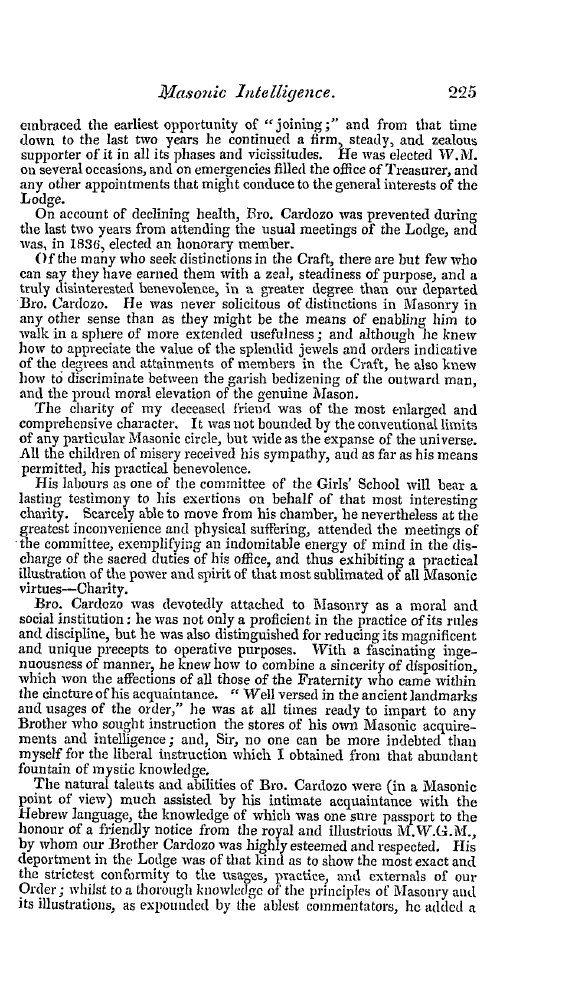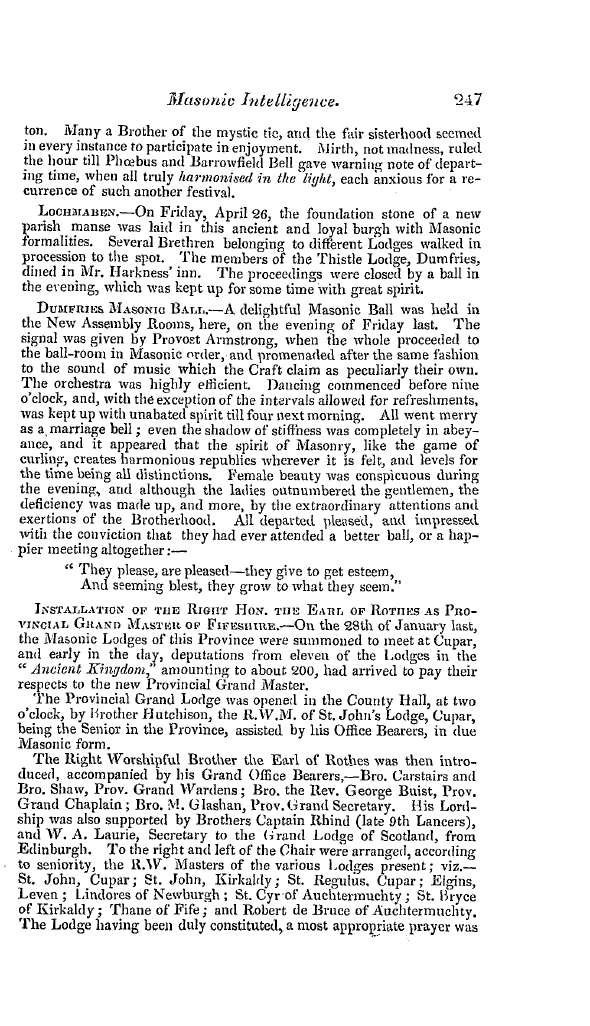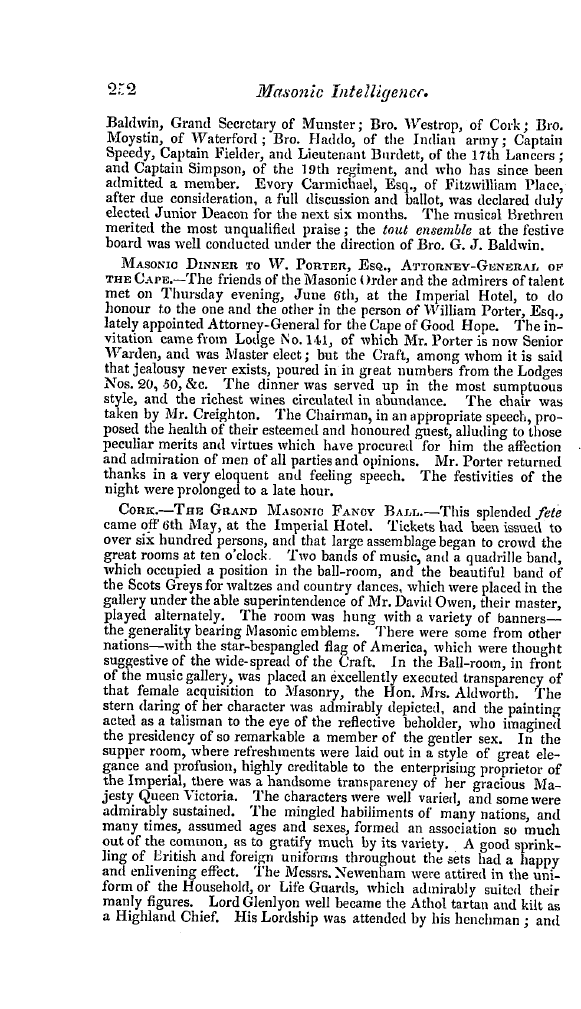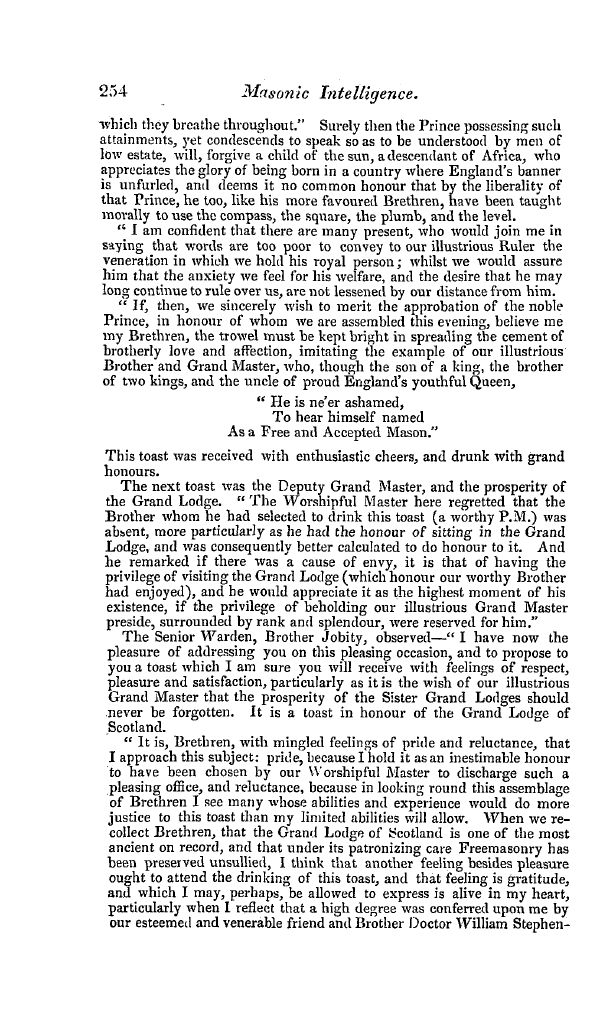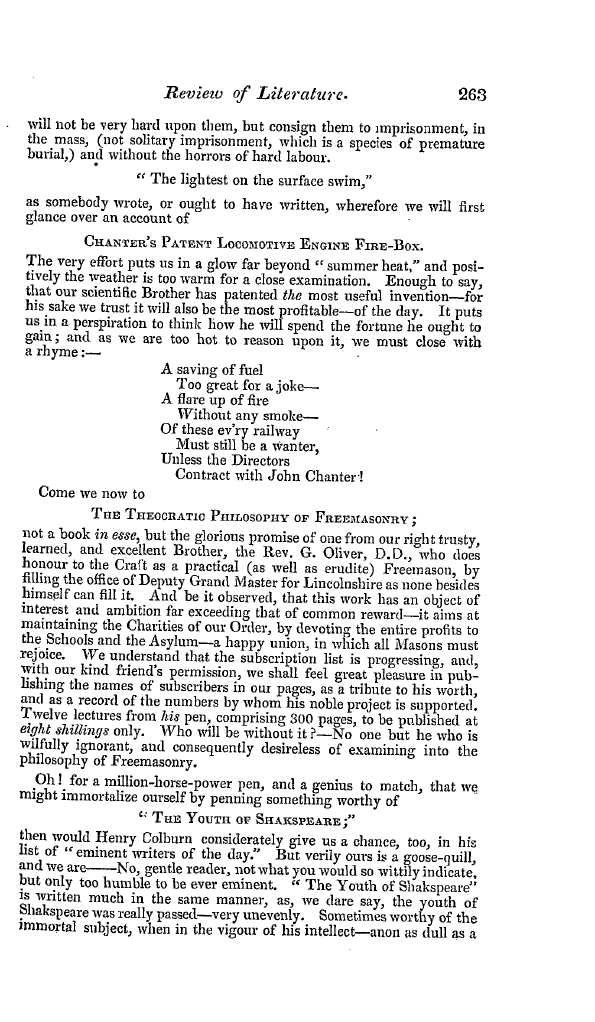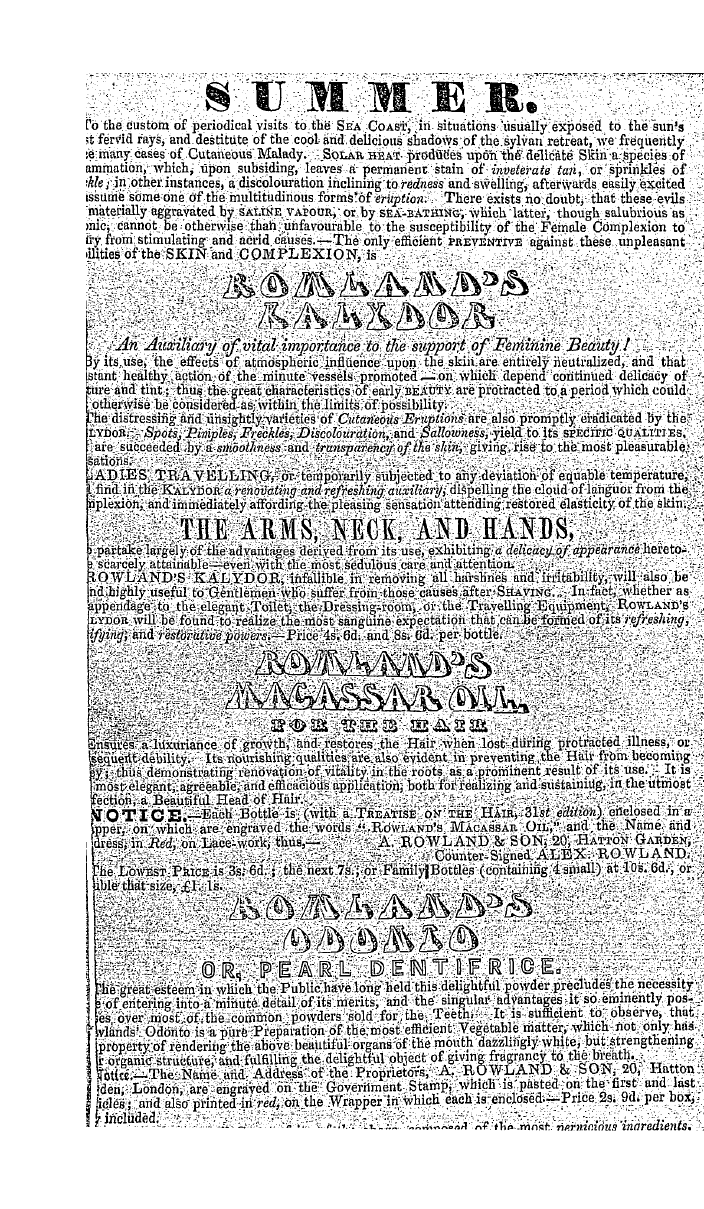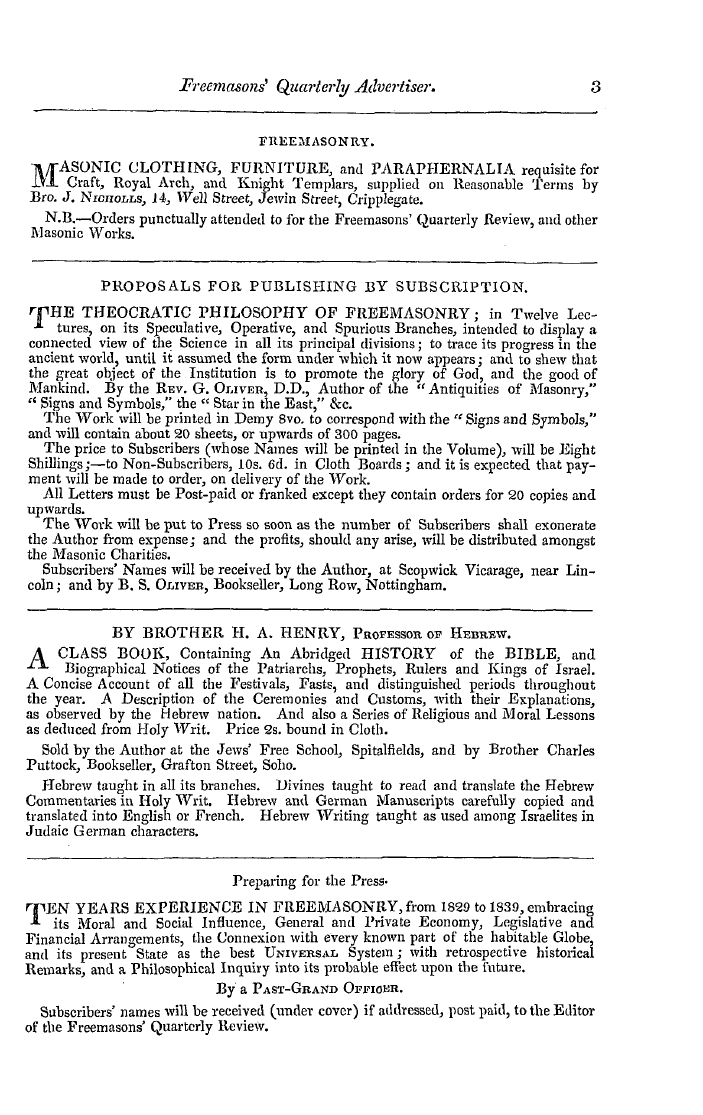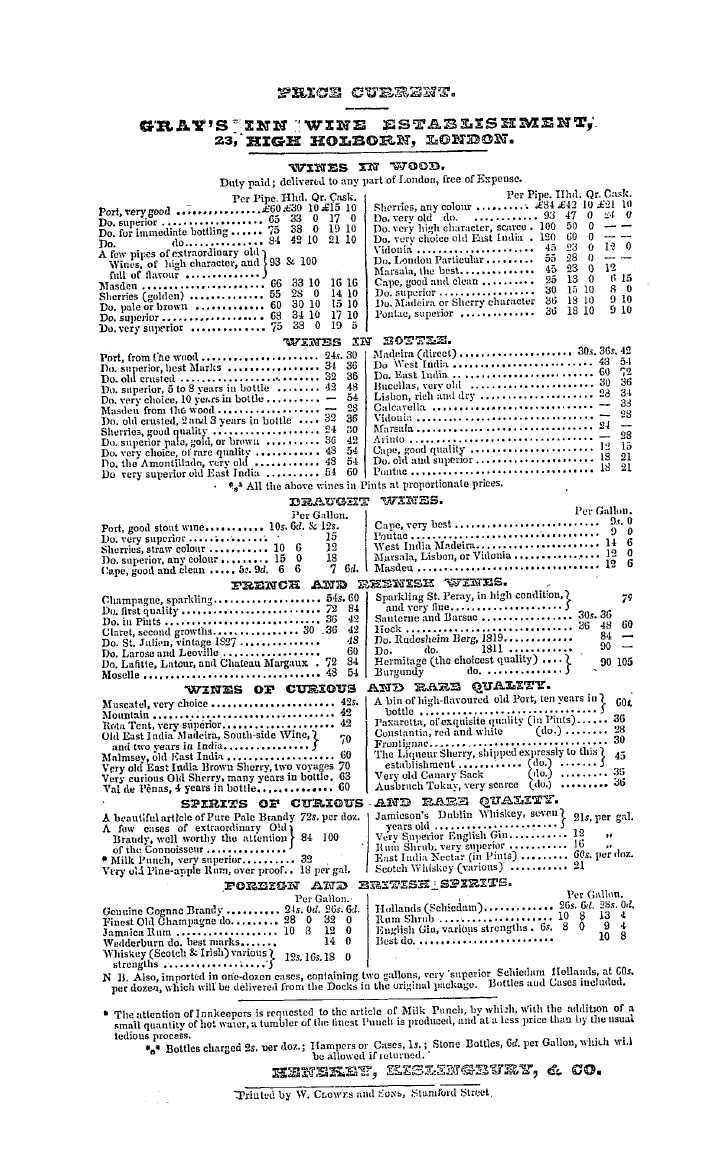-
Articles/Ads
Article ON FREEMASONRY. ← Page 8 of 10 →
Note: This text has been automatically extracted via Optical Character Recognition (OCR) software.
On Freemasonry.
In the New World , Masonry was in full operation at the same period ; and here our ancient Brethren reaped abundant laurels . The pyramids of Mexico , like those of Egypt , are of an unknown antiquity . A group of these extraordinary buildings , which assimilate the masonry of all ancient nations , still exists , according to Humboldt , in the valley of Mexico ,
eight leagues north-east from the capital , in the plain that bears the name of Micoatl , the Path of the Dead . There are two large pyramids dedicated to the Sun ( Tonatiuh ) and to the Moon ( Mextli ) , and these are surrounded by several hundreds of smaller pyramids , which form streets in exact lines from north to south , and from east to west . Of
these two great teocallis , one is 180 feet , and the other 144 feet in perpendicular hei ght . The basis of the first is 682 feet in length . The small pyramids are scarcely 32 feet high ; and served , according to the tradition of the natives , as burial places for the chiefs of the tribes . On the top of the great teocallis were two colossal statues of the sun and moon ;
they were of stone , and covered with plates of gold , of which they were stripped by the soldiers of Cortes . " I have been assured , " says M . Humboldt , " by some Indians of Cholula , that the inside of the pyramids is hollow ; and that during the abode of Cortes in this city , their ancestors had concealed in the bodof the pyramida considerable number of
wary , riors , who were to fall suddenly on the Spaniards ; but the materials of which the teocalli is built , and the silence of the historians of those times , give but little probability to this latter assertion . It is certain , however , that in the interior of the pyramids there are considerable cavities . "
There were also pyramidal temples in the city of Mexico and that of Vitzliputzli was the largest and most magnificent . It has been described of such prodigious extent , that a town of more than five hundred houses might have been erected in its courts . It was in shape the frustum of a square pyramid , one side of which contained an elaborate staircaise .
It was a sumptuous pile of building , and the flat surface at the summit was paved with jasper of various colours . The pillars which surrounded the court were brilliantly ornamented ; and statues of the chief deities were placed in conspicuous situations . It is indeed a remarkable fact , that the aboriginal inhabitants of this great continent , savage though they may have been for a succession of ages , were in times too far remote for either record or tradition , a wise , civilized , and scientific neoDle . An evidence of this exists in the
Note: This text has been automatically extracted via Optical Character Recognition (OCR) software.
On Freemasonry.
In the New World , Masonry was in full operation at the same period ; and here our ancient Brethren reaped abundant laurels . The pyramids of Mexico , like those of Egypt , are of an unknown antiquity . A group of these extraordinary buildings , which assimilate the masonry of all ancient nations , still exists , according to Humboldt , in the valley of Mexico ,
eight leagues north-east from the capital , in the plain that bears the name of Micoatl , the Path of the Dead . There are two large pyramids dedicated to the Sun ( Tonatiuh ) and to the Moon ( Mextli ) , and these are surrounded by several hundreds of smaller pyramids , which form streets in exact lines from north to south , and from east to west . Of
these two great teocallis , one is 180 feet , and the other 144 feet in perpendicular hei ght . The basis of the first is 682 feet in length . The small pyramids are scarcely 32 feet high ; and served , according to the tradition of the natives , as burial places for the chiefs of the tribes . On the top of the great teocallis were two colossal statues of the sun and moon ;
they were of stone , and covered with plates of gold , of which they were stripped by the soldiers of Cortes . " I have been assured , " says M . Humboldt , " by some Indians of Cholula , that the inside of the pyramids is hollow ; and that during the abode of Cortes in this city , their ancestors had concealed in the bodof the pyramida considerable number of
wary , riors , who were to fall suddenly on the Spaniards ; but the materials of which the teocalli is built , and the silence of the historians of those times , give but little probability to this latter assertion . It is certain , however , that in the interior of the pyramids there are considerable cavities . "
There were also pyramidal temples in the city of Mexico and that of Vitzliputzli was the largest and most magnificent . It has been described of such prodigious extent , that a town of more than five hundred houses might have been erected in its courts . It was in shape the frustum of a square pyramid , one side of which contained an elaborate staircaise .
It was a sumptuous pile of building , and the flat surface at the summit was paved with jasper of various colours . The pillars which surrounded the court were brilliantly ornamented ; and statues of the chief deities were placed in conspicuous situations . It is indeed a remarkable fact , that the aboriginal inhabitants of this great continent , savage though they may have been for a succession of ages , were in times too far remote for either record or tradition , a wise , civilized , and scientific neoDle . An evidence of this exists in the


























































